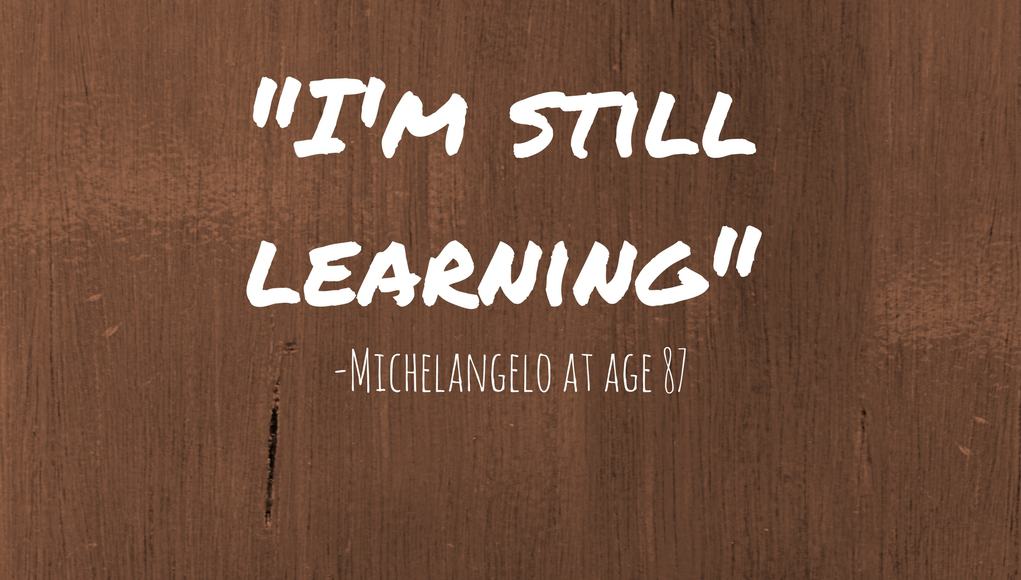
Lifelong learning mindset and how to apply in teaching & learning
Imagine a classroom where curiosity reigns supreme, challenges are embraced as steppingstones, and learning transcends textbooks to become a lifelong adventure. This is the power of a lifelong learning mindset – a philosophy that transforms education from a static pursuit to a dynamic journey of discovery.

Lifelong learning mindset
A lifelong learning mindset is all about approaching the world with a curious and open mind, believing that you can always keep growing and developing your knowledge and skills. It’s a shift in perspective from seeing learning as something that ends after school to viewing it as a continuous journey throughout your life. Here are some key characteristics of a lifelong learning mindset:
- Growth mindset: You believe your intelligence and abilities are not fixed but can be developed through effort and learning.
- Curiosity: You have a natural desire to learn new things and explore different topics.
- Openness to challenge: You see challenges and setbacks as opportunities for growth, not reasons to give up.
- Resilience: You’re persistent and don’t get discouraged easily when learning something new.
- Self-awareness: You understand your strengths and weaknesses as a learner and take steps to improve.
- Proactive learning: You take initiative to seek out new learning opportunities, both formal and informal.
Benefits of a Lifelong Learning Mindset:
- Enhanced skills and knowledge: You’ll be better equipped to adapt to changes in the workplace and society.
- Increased problem-solving abilities: You’ll develop strategies to tackle new challenges and overcome obstacles.
- Boosted creativity and innovation: You’ll be able to approach problems from different angles and come up with creative solutions.
- Improved self-confidence: You’ll feel empowered by your ability to learn and grow.
- Greater sense of purpose and fulfillment: Learning new things can be intrinsically rewarding and keep you engaged with life.
Developing a Lifelong Learning Mindset:
- Embrace challenges: Don’t shy away from difficult tasks – see them as opportunities to learn and grow.
- Set learning goals: Having specific goals keeps you motivated and focused.
- Read and explore: Immerse yourself in new information through books, articles, documentaries, and online resources.
- Take courses and workshops: There are endless learning opportunities available, both online and in person.
- Learn from others: Surround yourself with people who inspire you and are passionate about learning.
- Step outside your comfort zone: Try new things and explore unfamiliar subjects.
- Reflect on your learning: Take time to consider what you’ve learned and how you can apply it to your life.
By cultivating a lifelong learning mindset, you unlock a world of possibilities for personal and professional growth. Remember, learning is a lifelong adventure – embrace the journey and enjoy the process of becoming the best version of yourself!
Teachers absolutely need to be lifelong learners

Teachers absolutely need to be lifelong learners. Here’s why:
- Rapidly Evolving Field: The world of education is constantly changing. New teaching methods, technologies, and research emerge all the time. A teacher who stops learning risks becoming outdated and less effective in the classroom.
- Meeting Student Needs: Today’s students come from diverse backgrounds and have varying learning styles. Lifelong learning allows teachers to stay up-to-date on best practices for differentiated instruction and cater to individual student needs.
- Staying Motivated and Inspired: Continuous learning keeps teaching fresh and exciting. Exploring new ideas and strategies can reignite a teacher’s passion for education and help them find creative ways to engage students.
- Modeling Growth Mindset: Teachers who embrace lifelong learning set a powerful example for their students. It demonstrates that learning is a continuous process and fosters a growth mindset in the classroom.
- Maintaining Professional Growth: Many school districts and educational institutions require ongoing professional development for teachers. A lifelong learning mindset ensures teachers are proactive in seeking out learning opportunities to stay qualified and advance their careers.
- Benefits for Students: The ultimate beneficiaries of a teacher’s lifelong learning are the students. Teachers who continuously learn bring the latest knowledge, innovative teaching methods, and a dynamic approach to the classroom, ultimately enriching the educational experience for students.
Fostering a Lifelong Learning Mindset in Teaching and Learning

A classroom that embraces a lifelong learning mindset transforms education from a passive experience to an active journey of discovery. Here’s how teachers and learners can cultivate this growth-oriented approach:
For Teachers:
- Shift the Focus: Move away from a solely test-oriented approach. Focus on fostering curiosity, encouraging exploration, and celebrating the learning process itself.
- Embrace Growth Mindset: Model a growth mindset by acknowledging your own learning journey and celebrating mistakes as opportunities for improvement.
- Differentiate Instruction: Cater to different learning styles and paces. Provide opportunities for students to explore their interests and learn independently.
- Focus on Mastery: Move beyond rote memorization and encourage students to truly understand concepts. Foster a love of learning for its own sake, not just for grades.
- Create a Safe Space: Encourage questions, exploration of new ideas, and respectful debate. Let students know it’s okay to make mistakes and that learning is a collaborative process.
- Celebrate Effort and Progress: Recognize and celebrate the effort students put into learning, not just the final outcome.
- Connect Learning to Real-World Applications: Show students how what they’re learning is relevant to their lives and the future.
For Learners:
- Embrace Challenges: Don’t shy away from difficult problems. See them as opportunities to learn and grow your skills.
- Set Goals: Identify areas you want to improve and set achievable learning goals for yourself.
- Take Ownership: Be proactive in your learning. Seek out resources, ask questions, and don’t be afraid to experiment.
- Reflect on Your Learning: Take time to consider what you’ve learned and how you can use it.
- Learn from Mistakes: Don’t get discouraged by setbacks. Analyze your mistakes and use them as stepping stones for improvement.
- Develop Growth Habits: Read widely, explore new hobbies, take online courses, and surround yourself with people who inspire you to learn.
- Celebrate Your Achievements: Acknowledge and celebrate your learning progress, no matter how small.
See also: The relationship between students and teachers: How to nurture and grow?
